Table of content
- Shrimp Size and Preparation
- Fresh vs. Frozen Shrimp
- Pre-Cooking Steps
- Heat Intensity and Equipment
- Recipe Variations
- Preheat Your Pan
- Oil Selection
- Cooking Shrimp
- Adding Aromatics and Sauces
- Overcooking
- Undercooking
- Uneven Cooking
- Soggy Shrimp
- Velveting (Chinese Technique)
- Two-Step Cooking
- Using a Thermometer
- Classic Garlic Butter Shrimp
- Spicy Szechuan Shrimp
- Shrimp Fried Rice
Stir-fried shrimp is a beloved dish across global cuisines, prized for its delicate flavor, versatility, and quick cooking time. Yet, achieving perfectly cooked shrimp—tender, juicy, and neither underdone nor rubbery—requires precision, especially when it comes to timing. The question “How long should I cook stir-fried shrimp?” seems simple, but the answer hinges on variables like shrimp size, heat intensity, and pre-preparation steps. This article delves into the science and techniques behind cooking stir-fried shrimp to perfection, ensuring your next dish is a culinary triumph.
Understanding Shrimp Anatomy and Cooking Basics
Shrimp are crustaceans with a unique structure: a thin, translucent shell, a vein running along their back, and a meat composition that is 70–80% water. This high moisture content makes them prone to overcooking, as heat rapidly expels water, leading to toughness. The goal in stir-frying is to cook the shrimp just long enough to denature proteins (firming the flesh) without dehydrating it.
Key Cooking Stages:
- Raw to Opaque: Shrimp transitions from translucent-gray to opaque-pink as proteins coagulate.
- Curling: Shrimp naturally curl into a “C” shape when cooked; overcooking forces them into a tight “O” shape.
- Flavor Development: Brief searing caramelizes sugars on the surface, enhancing sweetness.
Factors Influencing Cooking Time
Shrimp Size and Preparation
Shrimp are sold in sizes labeled “small,” “medium,” “large,” or “jumbo,” often indicated by a count-per-pound (e.g., 21/25 means 21–25 shrimp per pound). Larger shrimp require longer cooking times.
- Small/Medium Shrimp (51–70 per pound): 1–2 minutes per side.
- Large Shrimp (31–40 per pound): 2–3 minutes per side.
- Jumbo Shrimp (16–20 per pound): 3–4 minutes per side.
Pro Tip: Butterflying shrimp (slicing along the back to flatten) reduces cooking time by 20–30% by increasing surface area.

Fresh vs. Frozen Shrimp
- Fresh Shrimp: Cook immediately after purchasing. Overly fresh shrimp may release excess liquid, requiring slightly longer cooking to evaporate moisture.
- Frozen Shrimp: Often pre-cooked (indicated by a pink hue) or raw. Thaw raw shrimp in the refrigerator overnight; never refreeze. Pre-cooked shrimp need only 1–2 minutes to heat through.
Pre-Cooking Steps
- Marinating: Acidic marinades (lime, vinegar) can begin “cooking” shrimp chemically, reducing stove time by 30 seconds.
- Brining: Soaking shrimp in saltwater (1 tbsp salt per cup water) for 15 minutes firms flesh and seasons it, but adds no significant time.
Heat Intensity and Equipment
- High Heat (Wok or Cast Iron): Sears shrimp quickly, locking in moisture. Ideal for thin-based pans.
- Medium Heat (Nonstick Skillet): Gentler cooking, but requires vigilance to prevent steaming.
Tool Tip: A 12-inch stainless steel wok reaches 400°F (204°C) in 2 minutes, while a nonstick pan may take 4–5 minutes to preheat.
Recipe Variations
- Dry Stir-Fries (Garlic, Ginger): Shrimp cook first, then aromatics. Total time: 4–5 minutes.
- Saucy Stir-Fries (Soy, Oyster): Shrimp may be removed mid-cooking to prevent overcooking, then added back. Total time: 6–7 minutes.
Step-by-Step Cooking Guide
Preheat Your Pan
- Wok: Heat over high flame until a drop of water evaporates instantly.
- Skillet: Preheat over medium-high for 2–3 minutes.
Why It Matters: A properly heated pan ensures rapid searing, not steaming.
Oil Selection
- High-Smoke-Point Oils: Peanut, grapeseed, or avocado oil (400–450°F smoke point).
- Avoid: Olive oil (325–375°F) can burn at high temps.
Cooking Shrimp
- Add Oil: Swirl 1–2 tbsp oil to coat the pan.
- Arrange Shrimp: Place in a single layer; avoid overcrowding (causes temperature drop).
- Sear: Cook 1–2 minutes undisturbed, then flip.
Visual Cues:
- After 1 Minute: Shrimp turn opaque halfway up.
- After 2 Minutes: Flesh is fully opaque, with a slight curl.
Adding Aromatics and Sauces
- Garlic/Ginger: Add in the last 30 seconds to prevent burning.
- Sauces: Toss shrimp to coat, then remove from heat immediately to halt cooking.
Common Mistakes and Solutions
Overcooking
- Symptom: Rubbery texture, tight “O” shape.
- Fix: Use a timer; remove shrimp at the first sign of firming.
Undercooking
- Symptom: Translucent centers, slimy texture.
- Fix: Slice a shrimp in half to check doneness.
Uneven Cooking
- Cause: Overcrowding the pan.
- Solution: Cook in batches; use a larger pan.
Soggy Shrimp
- Cause: Excess moisture from thawing or marinades.
- Solution: Pat shrimp dry with paper towels before cooking.
Advanced Techniques for Restaurant-Quality Results
Velveting (Chinese Technique)
- Marinate shrimp in a mixture of egg white, cornstarch, and baking soda for 20 minutes.
- Blanch in boiling water for 30 seconds, then stir-fry.
- Result: Ultra-tender shrimp with a silky texture.
Two-Step Cooking
- Sear shrimp, then remove.
- Cook vegetables/sauce, then return shrimp to the pan.
- Benefit: Prevents overcooking while building flavor.
Using a Thermometer
- Insert an instant-read thermometer into the thickest part; target 120°F (49°C).
- Why: Eliminates guesswork.
Pairing Suggestions and Recipe Ideas
Classic Garlic Butter Shrimp
- Ingredients: Shrimp, garlic, butter, lemon, parsley.
- Method: Sear shrimp 2 minutes per side; toss in garlic butter.
- Total Time: 8 minutes.
Spicy Szechuan Shrimp
- Ingredients: Shrimp, chili paste, soy sauce, bell peppers.
- Method: Stir-fry shrimp 3 minutes; add vegetables and sauce.
- Total Time: 10 minutes.
Shrimp Fried Rice
- Ingredients: Shrimp, rice, peas, carrots, eggs.
- Method: Cook shrimp 2 minutes; set aside. Fry rice, then fold in shrimp.
- Total Time: 15 minutes.
FAQs About Cooking Stir-Fried Shrimp
Q: Should I cook shrimp with the shell on?
A: Shells add flavor but increase cooking time by 1–2 minutes. Peel for quicker results.
Q: Can I use frozen shrimp without thawing?
A: No. Thawing ensures even cooking; otherwise, exterior burns before interior cooks.

Q: Why does my shrimp taste rubbery?
A: Overcooking. Remove shrimp when still slightly translucent; residual heat finishes cooking.
Q: What’s the best oil for stir-frying shrimp?
A: Peanut oil for high heat; sesame oil for finishing flavor.
Conclusion
Mastering stir-fried shrimp is an exercise in balance: heat, time, and technique. Whether you prefer tender medium shrimp in a zesty garlic sauce or jumbo prawns in a spicy Szechuan glaze, the key lies in understanding your ingredients and equipment. By adhering to recommended cooking times, monitoring heat levels, and avoiding common pitfalls, you can transform this humble seafood into a restaurant-worthy dish. Remember, practice makes perfect—so fire up your wok, set your timer, and savor the sweet, succulent rewards of perfectly cooked shrimp.
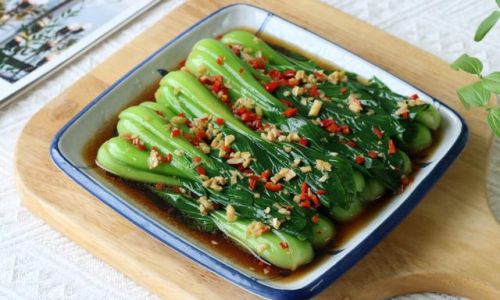

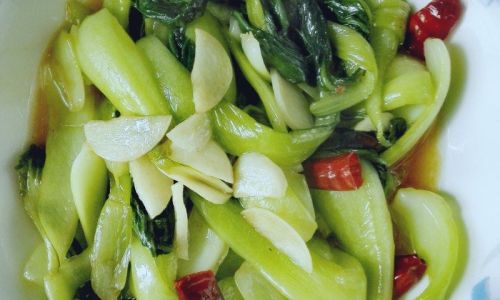
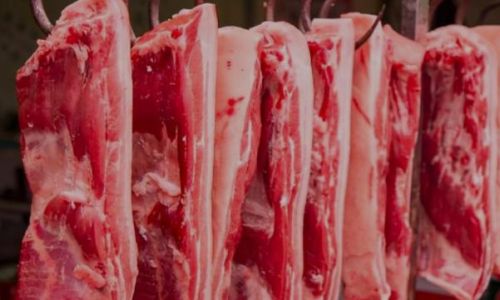
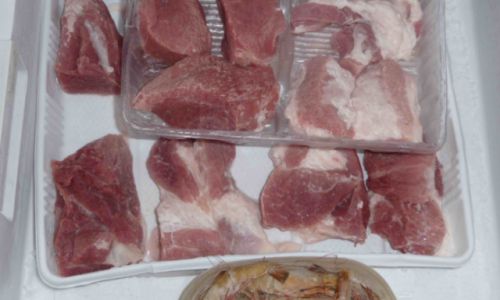
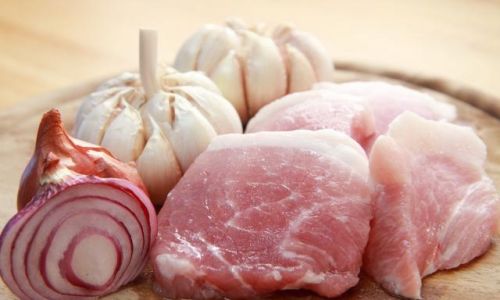
0 comments